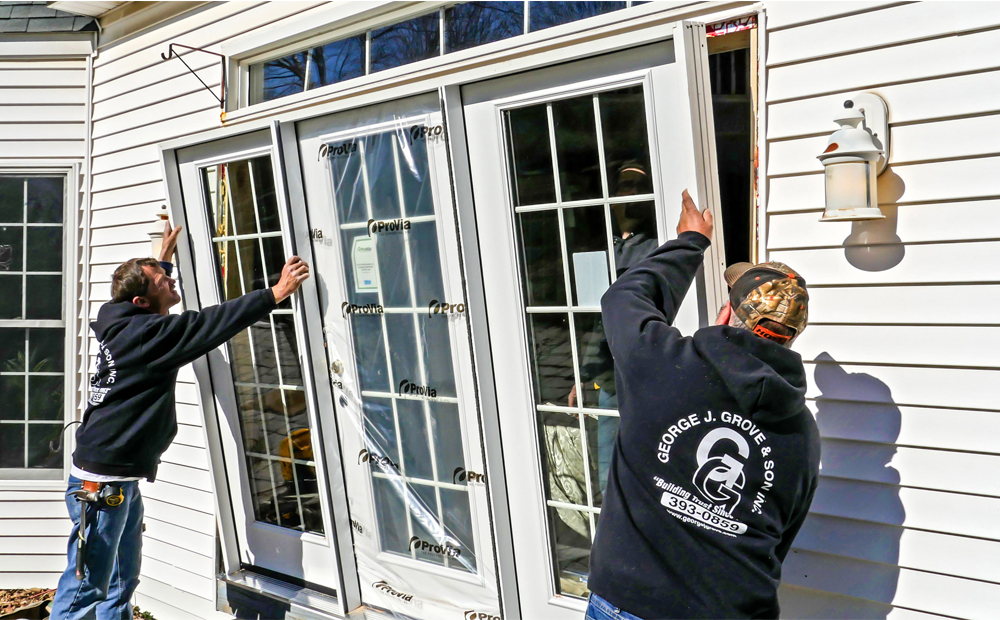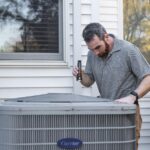When it comes to improving a home’s comfort, energy efficiency, and curb appeal, few upgrades make as big of an impact as new windows. However, even the highest-quality products can underperform if they aren’t installed correctly. Many homeowners assume window installation is a straightforward process, but the truth is that small errors can lead to bigger problems down the road—some of which may not show up until months or even years later. Understanding the most common installation mistakes can help homeowners make informed decisions before a project begins.
One of the biggest issues arises when windows are not properly measured. Precision is essential, and even a fraction of an inch can make a significant difference. If the window opening and the new frame do not align perfectly, installers may force the unit into place, leading to unnecessary pressure, warping, or gaps. These imperfections can compromise insulation, reduce the lifespan of the product, and create opportunities for air leaks.
Another common problem occurs when installers fail to properly prepare the opening before placing the new window. Rotting wood, moisture damage, or leftover debris from the old frame must be addressed first. Installing a new window into a compromised structure can lead to drafts, water infiltration, or uneven settling. Over time, this can result in mold growth or structural deterioration that becomes expensive to repair.
Improper sealing is also a frequent source of issues. A window’s performance is only as good as the seal that surrounds it. If caulking is applied incorrectly—or missing in certain areas—air and moisture can seep into the home. In colder climates, this can cause condensation to form between the panes or inside the walls, decreasing energy efficiency and potentially damaging the interior finishes. Proper flashing installation is equally critical; skipping flashing or installing it incorrectly allows rainwater to penetrate the frame, resulting in leaks and long-term water damage.
Leveling and alignment mistakes are another cause for concern. If the window is not set perfectly square, it may not open or close properly. Homeowners often notice sticking sashes or uneven gaps around the frame when this happens. Over time, constant use puts strain on the window hardware, leading to premature wear. Proper shimming helps ensure that the unit sits correctly within the opening and distributes weight evenly, preventing future operational issues.
Ventilation and insulation matter as well. Using the wrong type of expanding foam or insulation around the frame can cause the window to bow or become misaligned. Low-expansion foam should always be used to avoid applying excess pressure to the frame. Skipping insulation altogether results in gaps that create drafts, reduce energy efficiency, and undermine the purpose of replacing the window in the first place.
Finally, one of the most overlooked problems is failing to consider the home’s exterior siding or trim. If the window installation is not integrated properly with the surrounding materials, gaps can form where water and air enter the home. This is especially important in regions prone to heavy rain or wind. Attention to detail in finishing work is essential for long-term performance.
While window installation may seem simple, poor installation can cost homeowners far more than they expect—not just in repairs, but in lost comfort and increased energy bills. By understanding these common mistakes, homeowners can approach their next project with confidence and ensure their windows perform as intended for years to come.






